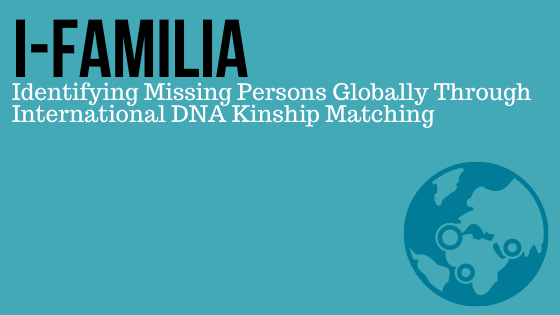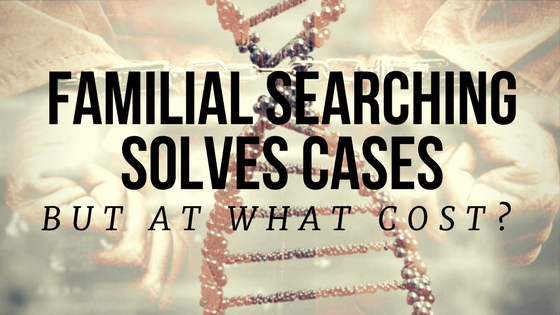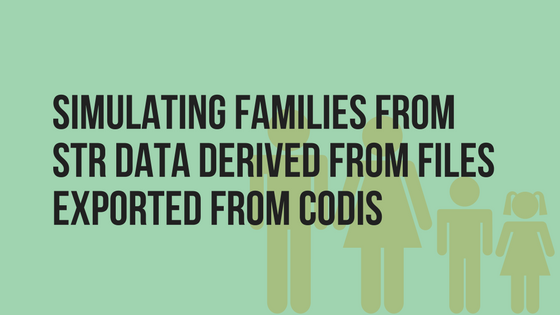I-Familia: Identifying Missing Persons Globally Through International DNA Kinship Matching

Today’s blog is written by guest bloggers, François-Xavier Laurent, PhD, DNA Database Manager, INTERPOL and Susan Hitchin, PhD, DNA Unit Coordinator, INTERPOL. Reposted from The ISHI Report with permission. The identification of human remains belonging to missing persons persists as a challenging process in forensic genetics. When unidentified human remains are discovered, […]
Perceptions of Familial Searching

Lonnie David Franklin Jr. (also known as the Grim Sleeper) is the longest-operating serial killer west of the Mississippi with over 80 victims. For years, he eluded authorities, until his son was arrested in 2009 and detectives found a partial match to DNA found at the Grim Sleeper crime scenes. Using familial DNA searching techniques […]
The Age of the Genome: Commercial DNA Sequencing, Familial Searching and What We Are Learning

There are 3 billion (3,000,000,000) bases in my genome—in each of the cells of my body. Likewise, Johanna, the writer who sits next to me at work also has 3 billion bases in her genome. Furthermore, our genomes are 99% the same. Still, that’s a lot of places where my genome can differ from hers, […]
Familial Searching – An Interview with Rock Harmon

Familial Searching has been getting a lot of attention lately, and for good reason. In the fight against crime, it is essential that law enforcement is able to use all of the tools at their disposal. In the United Kingdom, Familial Searching has been used since 2003 to help solve approximately 40 serious crimes (as […]
Catching the Grim Sleeper – An Interview with Rock Harmon

It’s estimated that 80+ people have been murdered by the Grim Sleeper since 1985. He is the longest-operating serial killer west of the Mississippi. He was given the title “Grim Sleeper” by LA Weekly, because he took a 13-year hiatus before resuming killing. Written by: Tara Luther, Promega On March 21, 2001, Los […]
Familial Searching Solves Cold Cases—At What Cost?

A cold case that had stumped investigators for nearly 41 years was solved recently. The 1976 sexual assault and murder of Karen Klass, ex-wife of Righteous Brother’s singer Bill Medley, shocked her Hermosa Beach, CA community and captured the public interest. Failing to make any arrests for decades, detectives were able to use DNA evidence to […]
Simulating Families from STR Data Derived from Files Exported from CODIS

During the course of initially validating a familial searching method, it was determined that sampling a sufficient number of genuine family sets would be a time consuming and cost prohibitive task. To overcome these challenges, a simulation approach was pursued to gather the familial data required to conduct the study. The immediate benefits of using […]

